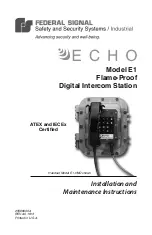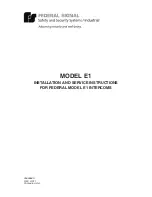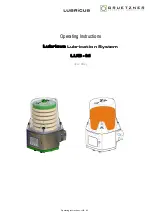
I/O Terminal /
MANUAL CONFIGURATION
5.4 Register
Description
The complex terminals can be adjusted to different operating modes or functionalities. The "
general description of register " describes the contents of the registers, which are identical for all
complex terminals.
The terminal-specific registers are explained in the following section following.
The access to the internal registers of the terminal is described in the section "Register
Communication ".
5.4.1 General Register Description
Complex terminals that possess a processor are capable of bidirectionally ex-changing data with
the higher-level control system. Below, these terminals are referred to as intelligent bus terminals.
They include the analog inputs (0-10V, -10-10V, 0-20mA, 4-20mA), the analog outputs (0-10V, -
10-10V, 0-20mA, 4-20mA), serial interface terminals (RS485, RS232, TTY, data transfer
terminals), counter terminals, encoder interfaces, SSI interfaces, PWM terminals and all other
configurable terminals.
Internally, all intelligent terminals possess a data structure that is identical in terms of it's essential
characteristics. This data area is organized in words and embraces 64 memory locations. The
essential data and parameters of the terminal can be read and adjusted by way of the structure.
Function calls with corresponding parameters are also possible. Each logical channel of an
intelligent terminal has such a structure (therefore, 4-channel analog terminals have 4 register
sets.
This structure is broken down into the following areas:
Register
Application
0 to 7
Process variables
8 to 15
Type register
16 to 30
Manufacturer parameters
31 to 47
User parameters
48 to 63
Extended user area
5.4.2 Process
Variable
R0 - R7: Registers in the terminal’s internal RAM
– The process variables can be used in
additional to the actual process image and their functions are specific to the terminal.
R0 - R5: These registers have a function that depends on the terminal type.
22








































